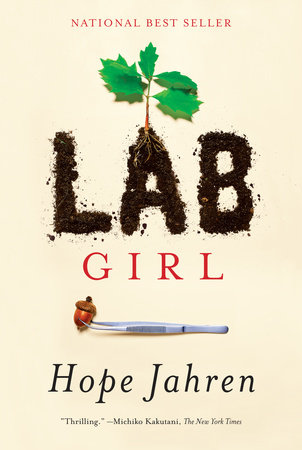Thanks, Candace Fleming, for
posting about how you organize your research. It's great to hear how writers, especially nonfiction authors, deal with this during a book project. I thought I'd join in and post about my own organization.
Like most nonfiction authors I LOVE research. Sometimes it is tough to figure out when it is time to stop researching. And sometimes research takes me in a totally different direction.
Like Candace, I have lots of piles in my office. You can usually tell what I'm working on if you take a look at the size of the piles. The current project usually has the largest pile or piles.
I begin each project by scrawling a chapter outline on a white board. Although this outline usually changes I keep a folder for each chapter. Articles, index cards, post-it notes and post cards/photos fill the folders. Their order can be changed at any time. Those stacks on the floor also include books and notebooks. I use small notebooks for my interviews.
When I worked on Sniffer Dogs, I also had lots of materials on dogs, breeds of dogs, and the scent of smell. Since I took the majority of the photos for that book, I also kept a photo log with dates, dog ID and caption info.
After a book is completed I go through the stacks. I donate any extra books I don't need to keep to my local library. I sort through everything, compile what I want to keep, and store it away.
I grow as an author and researcher with each book. I pick up different research habits and explore new ways to keep everything straight. For a recent biography, I learned how to use my iPad's Evernote app to photograph documents and microfilm. It made the microfilm so much easier to read and saved me lots of time in the library.
Like Candace, I would never dream of using anyone else for my research. That's the icing on the writing cupcake! It moves my book forward and helps shape it's style.
I'd love to hear how others organize their research. Consider yourself "tagged."



















